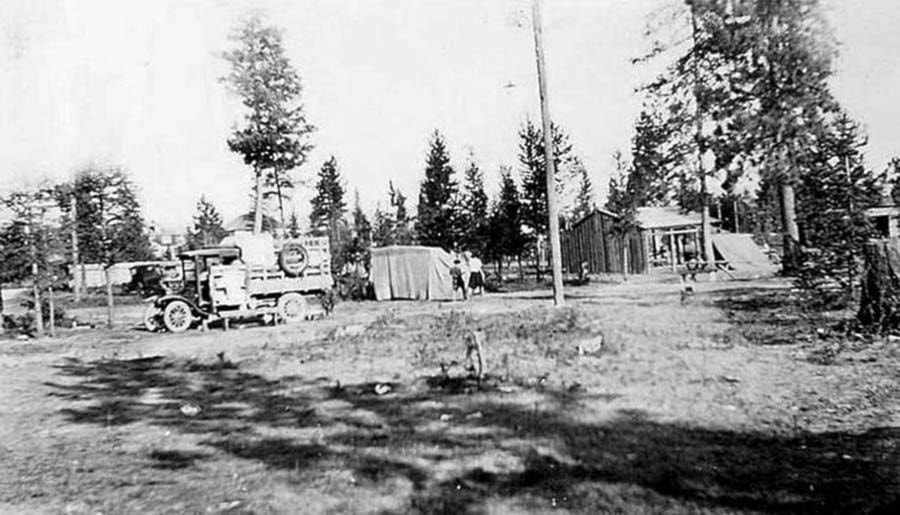Let me play devil’s advocate for a bit here, and look at what the City of Cranbrook may be losing in closing the Mt. Baker RV park.
Has consideration been given to the potential number of folks who have stayed at the Baker RV park, explored the area, and then decided Cranbrook would be a great place to call home? Or discovered this is a great area to vacation in, and made plans to return? What about the downtown retail?
We stayed much of last summer in the Mt. Baker RV park and saw a large number of visitors at the park walking back from downtown laden with bags. What is the lost retail revenue? And what about reputation? Many small BC communities offer a municipal RV and campground. What is the response from folks who roll into town with their RV and discover there is no longer anywhere to stay?
Surely, we don’t want to get back into the traveller guide books with that on our slate?
Last year an entire road crew from Alberta stayed a month or more with work in the area. Their families came out, they bought groceries, pizza and likely visited the liquor store.
And what about trends? RV’ing is not what it used to be. As full-time RV’ers by choice, my husband and I are aware of the changes occurring in the industry. Particularly with COVID-19 impacts. RV’ing has become one of the safest ways to live, travel, and vacation. These self-contained mobile units, perfect for isolation, offer the ability to feel a sense of freedom in a constricted and rule-based environment, and a chance to explore, enjoy new communities, and see new sights. Ask any RV dealer throughout B.C. and Alberta, the units are flying off the shelves, so to speak! Supply is low; demand is huge.
Add to this the increased lack of rental vacancies in this area, as well as lack of affordable “purchase” housing. Is there a trend toward smaller, more affordable living spaces? What kind of growth is Cranbrook expecting in the next 5-10 years? What about the exodus from the larger cities west of us where cost of living is pushing people into the last BC frontier: the East Kootenay; and driving real estate pricing up, challenging locals to find appropriate housing. What about the boomers who are retiring en masse over the next 5 years and who are looking at affordable ways to do so, many of whom do not have the resources and savings they anticipated. With all of these considerations, along with the introduction of “Tiny Homes”, and a surge in full-time RV’ers, could there be a missed opportunity here for the City of Cranbrook?
We pay an average of $650 per month to stay in an RV park. Some area parks raise rates to between $1,000 and $1,200 in summer months. Certainly, there are still nightly rental-rate folks, (or by the week); however, the trend for more by-the-month demand is increasing.
Here’s a hypothetical scenario: A 45-site park, with 75% capacity full-time RVs (and tiny homes if you want) monthly for six months over winter at $650 per site; 50% capacity of full time RVs monthly over summer at $1,000/month; plus 30% capacity over the summer months of overnight rentals @ $35/night. Annual gross: approximately $360,000. How long to pay off those infrastructure costs at that rate?
Additionally, the tenting area could still be developed or sold or transformed, creating revenue for the city. Tenting typically appears to have transitioned to more of a naturalist, wilderness experience. There is plenty of room in the existing RV area for at least 45 sites.
A lot of investments the City of Cranbrook must make in improving infrastructure do not provide the return on financial investment that this opportunity could. But perhaps the bigger question is: what is the cost of not taking advantage of this “outside the box” opportunity?
Could Cranbook be a cutting-edge example for other communities?
Patti K. Phillips
